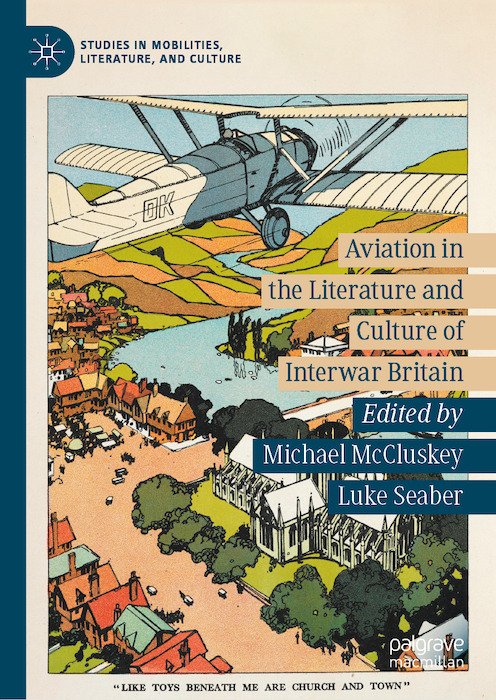A shelter of one’s own — II
The previous post ended with this photo, and another very similar one, which Getty Images dates to 17 October 1917 with the caption ‘Moses Shackman, centre, with members of the Jewish East End Shelter Corps. Their hats are labelled in Yiddish and English’: As I noted, the hatbands actually say (in English, at least), ‘RAID […]









